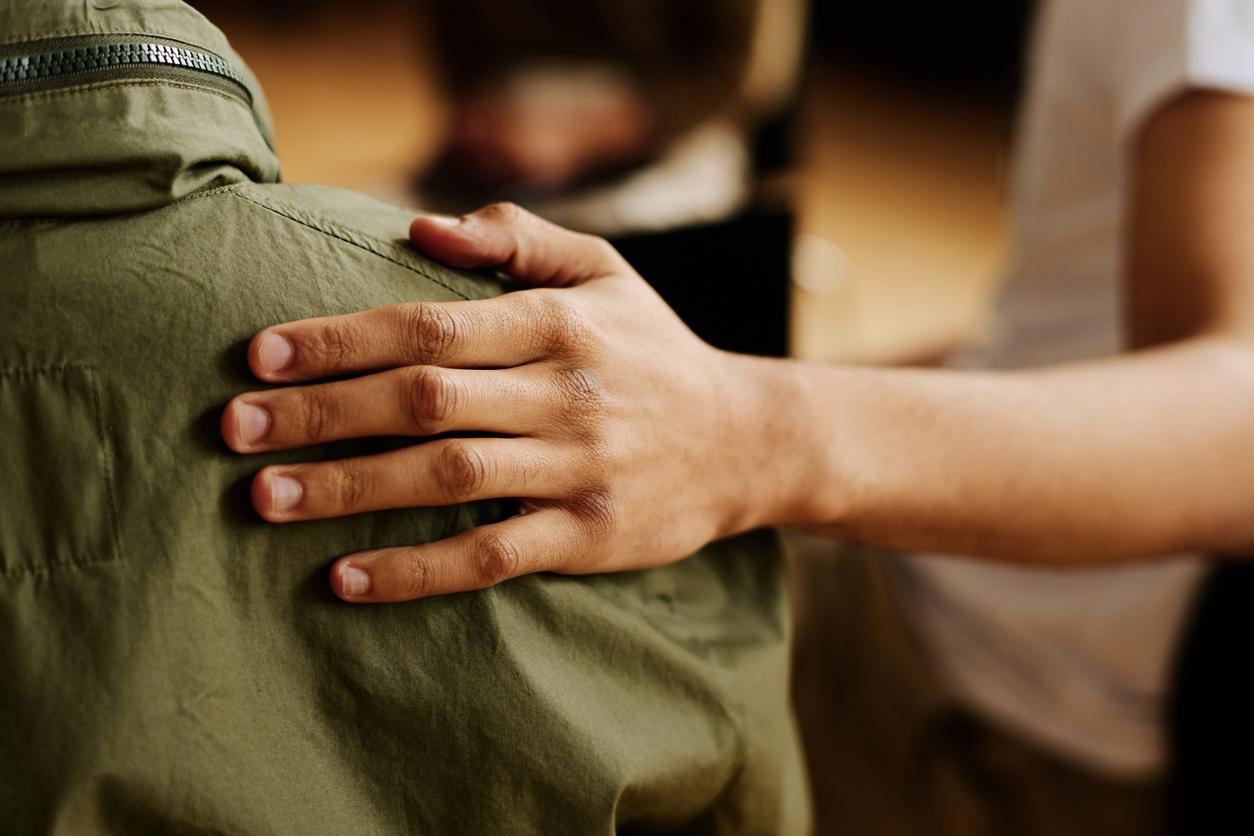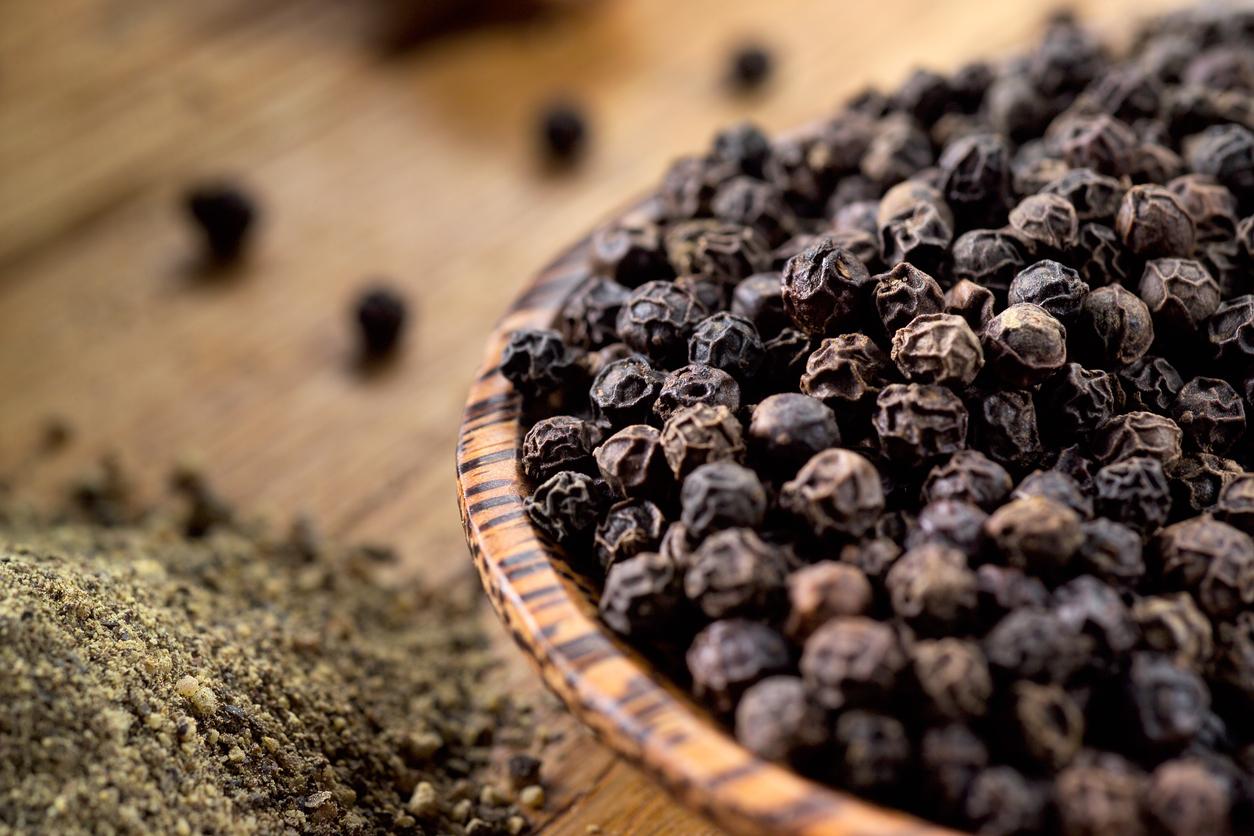The action of a protein allows certain cells of the neural system to be protected in the event of injury or infection. This protein could also play a role in neurological diseases.

- The protein drebrin facilitates the healing of brain tissue
- Degradation of this protein could mask the symptoms of neurological diseases
When the brain suffers an injury or infection, glial cells – cells that make up the nervous system – act to help it heal. This is, pspecifically, astrocyte cells, the most common type of glial cell in the nervous system. These astrocytes provide protection to the brain, facilitate scarring, help contain inflammation and control damage to nerve tissue from injury or infection. But astrocytes also have the ability to ensure the survival of nerve cells located next to the lesion. It is thanks to this function that these cells are able to preserve the neuronal tissue – made up of neurons (nerve cells) and glial cells – but also the function of the neuronal networks and therefore the activity of the brain. Researchers from Charité University Hospital, Berlin, Germany, discovered a new mechanism that explains the processes and coordination of astrocytes to carry out these functions. They just published their work in the journal Nature Communications.
Loss of drebrin prevents normal astrocyte activation
“We were able to show for the first time that the protein drebrin controls astrogliosis (the defense mechanism following an injury), assures Britta Eickholt, lead author of the study. Astrocytes need the protein drebrin to form scars and protect surrounding tissuesTo achieve this result, the researchers shut down the production of drebrin inside the astrocytes of animal nervous systems. They also brain-injured to see the reaction of the astrocytes without the protein drebrin.”Loss of drebrin results in suppression of normal astrocyte activationcontinues Britta Eickholt. Instead of engaging in defensive reactions, these astrocytes experience complete loss of function.“If the astrocytes are not functioning, there is therefore no formation of protective scars. Thus, normally harmless injuries will spread and cause the death of many nerve cells. A phenomenon that would not have occurred if the astrocytes had been able to fulfill their role.
Neurological disorders
But how does the protein drebrin work? To allow the formation of scars, this controls the reorganization of the cytoskeleton of astrocytes, that is to say the filamentous network which ensures the mechanical properties of the cell. The drebrin allows the formation of the filaments which make up this cytoskeleton and which allow the astrocytes to carry out their defensive functions. “Our results also show how drebrin uses the cytoskeleton and membrane structures to control astrocyte functions, which are fundamental for the defense mechanism against injury.emphasizes Britta Eickholt. The role of drebrin as a regulator of the cytoskeleton suggests that it may be a risk factor and have serious consequences in various disorders including neurological ones, since the loss of this protein can produce similar changes in astrocytes (… ) It is also possible that individuals with defects in the drebrin gene (…) may remain symptom-free until triggers such as cellular stresses, environmental toxins, or disease occur.”
The researchers therefore succeeded in proving the role of the protein drebrin in the action of glial cells. Thus, they know better the neuroprotective mechanism which is set up in the brain when it undergoes an injury, an infection or a neurological disease. In the future, scientists want to continue their research to determine the role of the protein drebrin in degenerative brain disorders, such as Alzheimer’s disease.
.

















